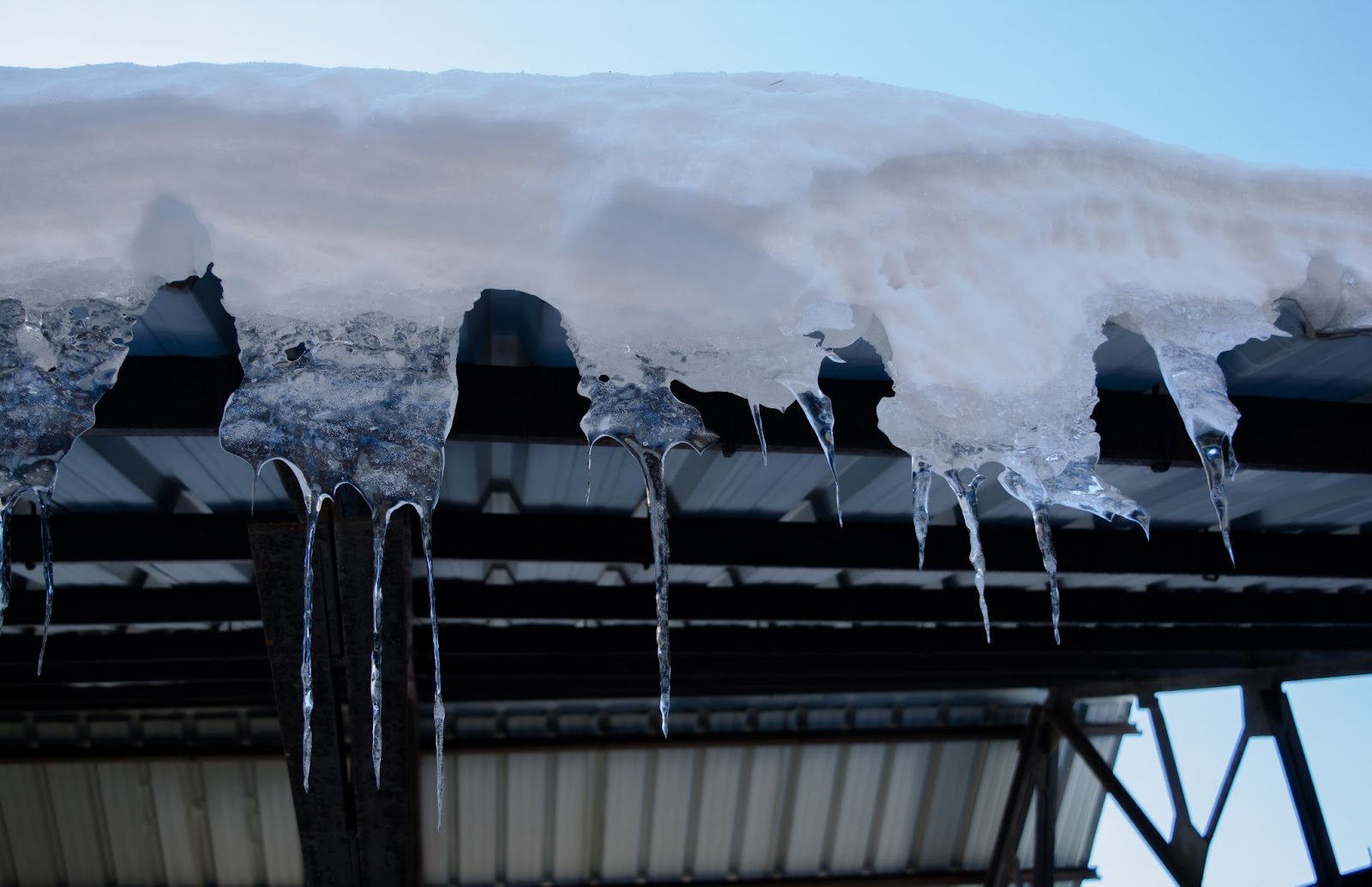With winter just around the corner in the Northeast, many homeowners face the annual debate about roof raking. This controversial seasonal chore involves using a roof rake to remove snow and ice from your roof. Proponents argue roof raking is essential to prevent ice dams, icicle buildup, and moisture damage. Critics counter that it’s an unnecessary hassle that can actually do more harm than good if not done properly. So which is it – a necessary chore, a waste of time, or worse? In this blog post, we’ll examine roof raking so you can decide for yourself. We’ll discuss potential risks, alternatives to consider, and tips from roofing experts so you can make an informed decision. The goal is to provide a perspective on this perennial winter maintenance activity that often spurs lively debate.
What Exactly Is Roof Raking?
For anyone unfamiliar with “roof raking,” we’ll first define what we’re talking about. Roof raking removes snow and ice buildup from the edges of a roof during winter. It involves using a stiff rake with a long handle to physically pull off accumulated snow and ice from the roof’s edge and overhangs.

What Does It Do?
The intent of a homeowner who is roof raking is to:
- Prevent ice dams – when melting snow refreezes at the roof’s edge and causes water to back up under the shingles. This can lead to interior leaks, damage and necessitate roof repairs.
- Reduce stress on the roof – Excessive snow and ice buildup add a lot of weight and pressure, damaging roofing materials.
- Prevent ice avalanches – Long icicles or chunks of snow and ice sliding off the roof can be hazardous.
- Allow proper drainage – Clearing snow and ice helps melting snow drain off the roof instead of backing up.
- Improve aesthetics – Removing overhanging icicles and snow gives a home a cleaner look in winter.
Well-intentioned homeowners typically do roof raking as needed throughout the winter when snow accumulates on the roof and may start to melt and refreeze.
Why Might This Cause More Harm Than Good?
Though roof raking is sometimes touted as an essential winter chore, it comes with many risks. The most significant danger is damaging your roof in the process. Using a metal roof rake and applying too much downward pressure can scratch or puncture shingles, removing their protective granular surface. This can allow water intrusion and decay. Older shingles are especially vulnerable to damage from aggressive raking. Personal injury can also quickly occur. Overextending your reach and raking too far sideways also risks slipping and falling from the roof. Walking on the roof’s surface in the extreme cold is not a good idea for you or your roof. Cold air & ice make the shingles more brittle & less forgiving. Furthermore, clearing too much snow at once can cause chunks of snow and ice to fall unexpectedly. If struck, this can damage gutters or anything below or even injure someone walking nearby.
A Better Way
What would you say if I told you that you don’t necessarily need to spend countless hours outside in the winter trying to remove ice dams (and, therefore, huge amounts of snow) from your roof? It is possible to eliminate this chore for good. The best place to start is to talk with a professional roofing contractor. They can review your roofing system and make recommendations based on their findings. It may not be as expensive as you think to solve this annoyance once & for all!
Common Causes For Ice Dams
Ice dams form when snow on the roof melts and refreezes at the edge, causing a ridge of ice. This prevents further melting snow from properly draining off the roof. The leading causes of ice dams are:
- Insufficient insulation – When warm air escapes into the attic space, it can melt snow on the roof from underneath. Proper insulation keeps the attic colder to prevent this.
- Poor ventilation – Inadequate airflow in the attic also allows warmth to escape and melt roof snow. Proper attic ventilation is key.
- Wildly abnormal freeze-thaw cycles – Frequent temperature swings above and below freezing causes snow to melt and refreeze repeatedly.
- Lower roof areas – Sections of roofs that have a significantly lower pitch accumulate more snow, which is prone to freeze at the edge.

Addressing these common causes through proper insulation & ventilation can help prevent problematic ice dams from forming. If you’d like to speak with a seasoned & knowledgeable roofing specialist, please contact Rhino-Back Roofing here or by calling 860-831-3415. We’ve worked in this climate for many years & have vast experience solving problems related to winter weather & how it affects shingle roofs! We’d love to visit with you about possible solutions for your unique situation.

